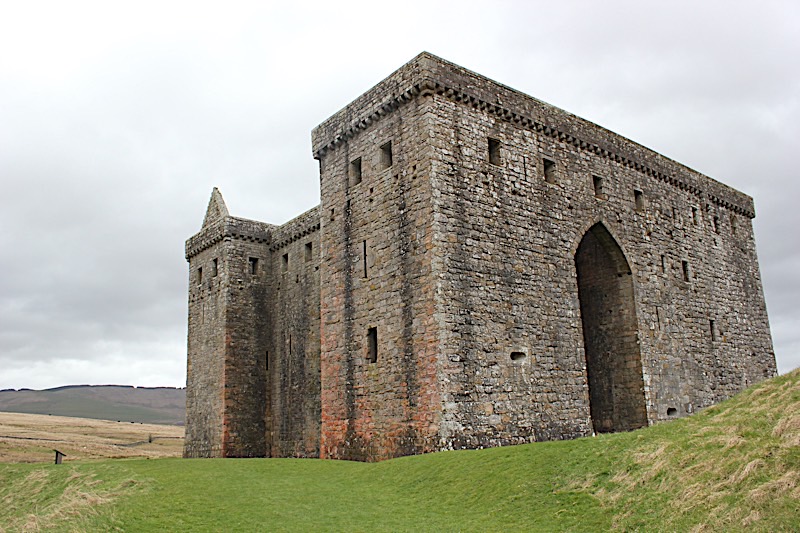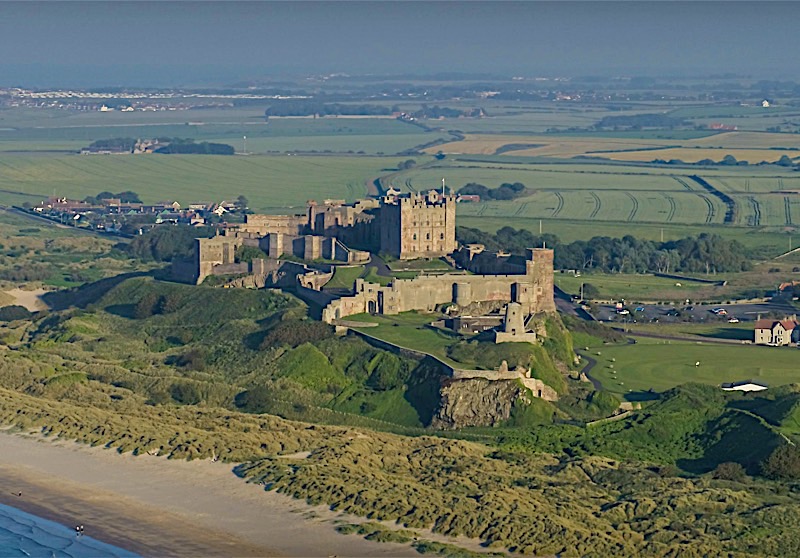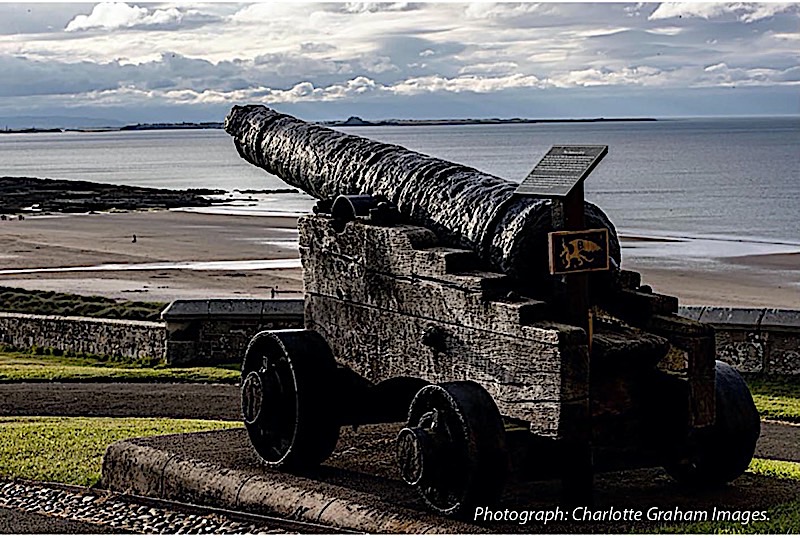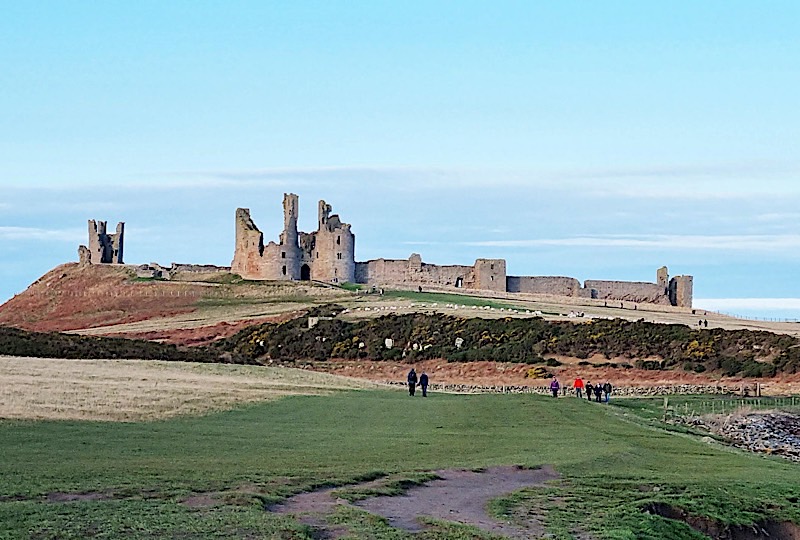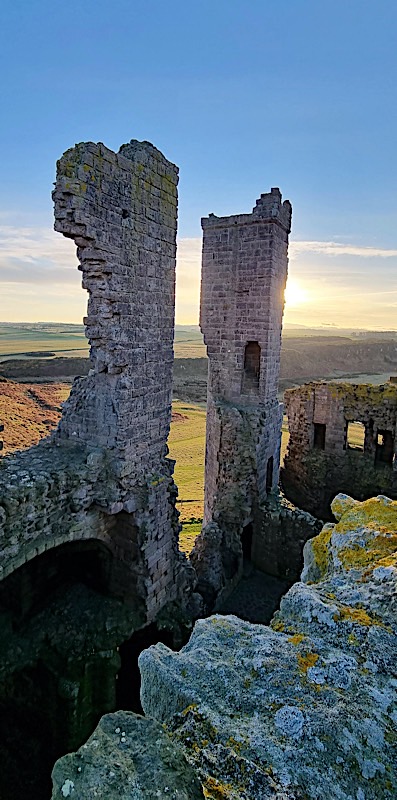Exactly when and where Ned Haig experienced his ‘eureka’ moment and came up with the idea of seven-a-side rugby seems forever destined to remain lost in the mists of time.
But one thing is certain, the flash of inspiration from the Borders lad working as a butcher’s apprentice in Melrose has earned him a seat at the top table of sporting history and a special place in local folklore.
It has also bequeathed a lasting legacy, to Melrose Rugby Football Club, the town and the region, of a magnitude that no one, least of all Ned and his pals, could have dared imagine.
Six years after its inception in 1877 the club found itself somewhat strapped for cash and in desperate need of a decent idea to raise funds. Players and members “for want of money racked their brains” – and, necessity being the mother of invention, along came Ned’s brainwave for a sevens rugby tournament.
Reflecting on the first 25 years of sevens success in an article entitled ‘An old Melrose Player’s Recollections,’ written a hundred years ago, Ned explained: “The idea struck me that a (rugby) football tournament might prove attractive but as it was hopeless to think of having several games on one afternoon with 15 players on each side the teams were reduced to seven.”
Simple but absolutely brilliant. Before long sevens rugby had spread far and wide, destined to become an essential and hugely popular part of the game.
The fact that sevens rugby today is played internationally and has its own world cup – teams compete for the Melrose Cup of course – puts Ned shoulder to shoulder with the likes of Charles Alcock, William Lynn and Geo Lefrevre whose efforts gave the world the sporting classics of the FA Cup, the Grand National and the Tour de France respectively.
Every April since 1883, with enforced exceptions brought about by war (and more recently Corona virus), the flags have fluttered enthusiastically at Melrose RFC’s Greenyards ground to celebrate the original and most respected sevens tournament in the world of rugby.
Exactly when and where Ned Haig experienced his ‘eureka’ moment and came up with the idea of seven-a-side rugby seems forever destined to remain lost in the mists of time.
But one thing is certain, the flash of inspiration from the Borders lad working as a butcher’s apprentice in Melrose has earned him a seat at the top table of sporting history and a special place in local folklore.
It has also bequeathed a lasting legacy, to Melrose Rugby Football Club, the town and the region, of a magnitude that no one, least of all Ned and his pals, could have dared imagine.
Six years after its inception in 1877 the club found itself somewhat strapped for cash and in desperate need of a decent idea to raise funds. Players and members “for want of money racked their brains” – and, necessity being the mother of invention, along came Ned’s brainwave for a sevens rugby tournament.
Reflecting on the first 25 years of sevens success in an article entitled ‘An old Melrose Player’s Recollections,’ written a hundred years ago, Ned explained: “The idea struck me that a (rugby) football tournament might prove attractive but as it was hopeless to think of having several games on one afternoon with 15 players on each side the teams were reduced to seven.”
Simple but absolutely brilliant. Before long sevens rugby had spread far and wide, destined to become an essential and hugely popular part of the game.
The fact that sevens rugby today is played internationally and has its own world cup – teams compete for the Melrose Cup of course – puts Ned shoulder to shoulder with the likes of Charles Alcock, William Lynn and Geo Lefrevre whose efforts gave the world the sporting classics of the FA Cup, the Grand National and the Tour de France respectively.
Every April since 1883, with enforced exceptions brought about by war (and more recently Corona virus), the flags have fluttered enthusiastically at Melrose RFC’s Greenyards ground to celebrate the original and most respected sevens tournament in the world of rugby.
